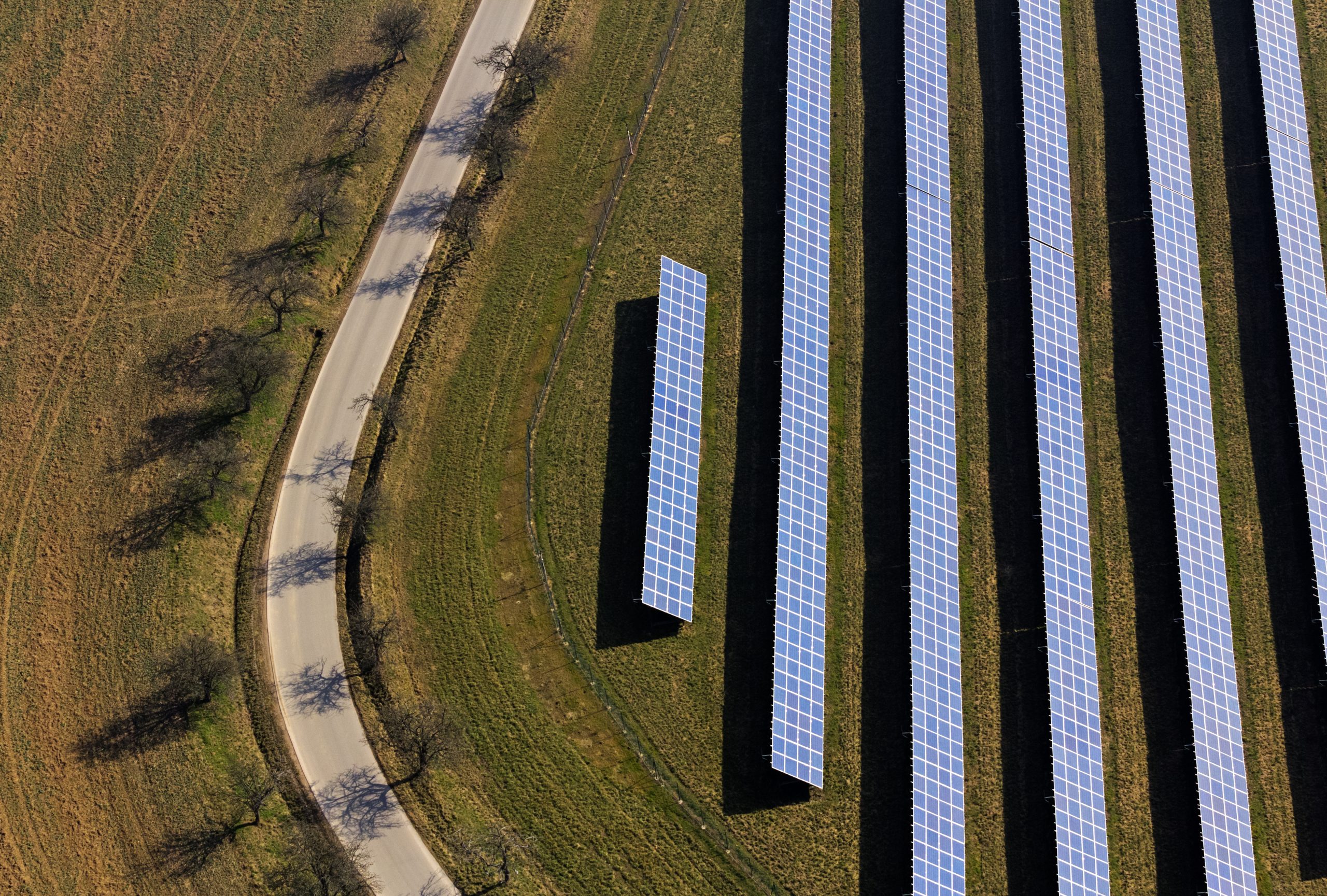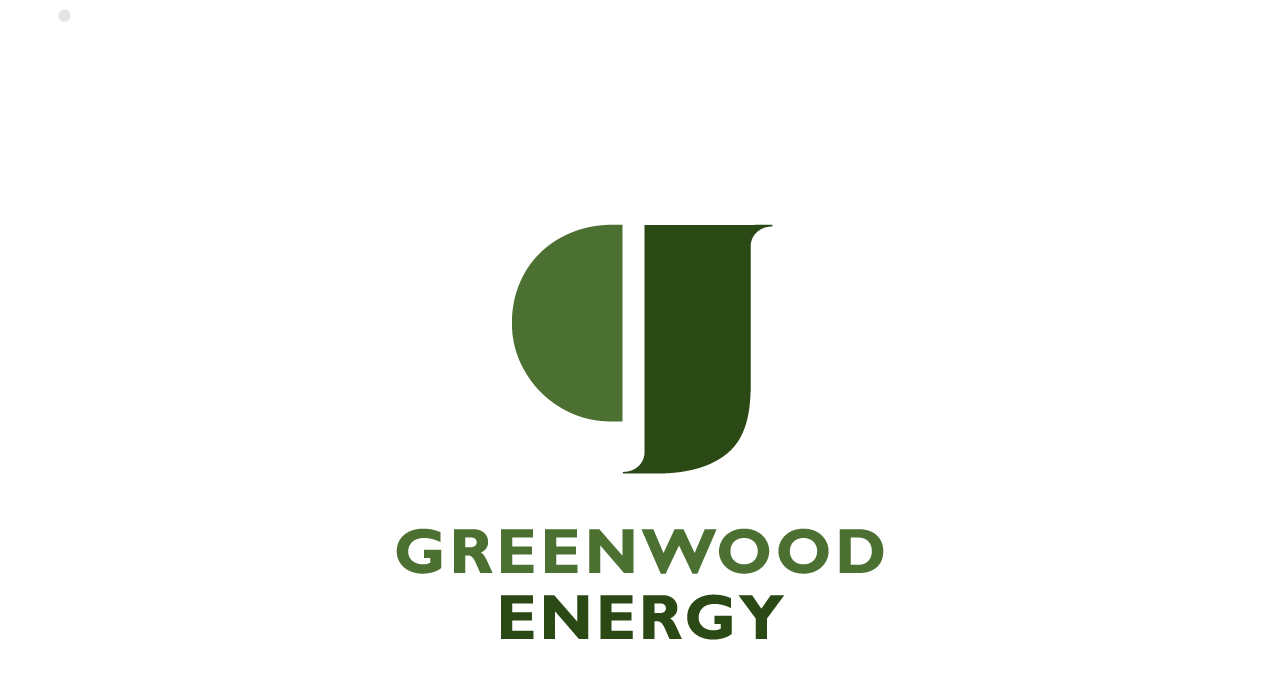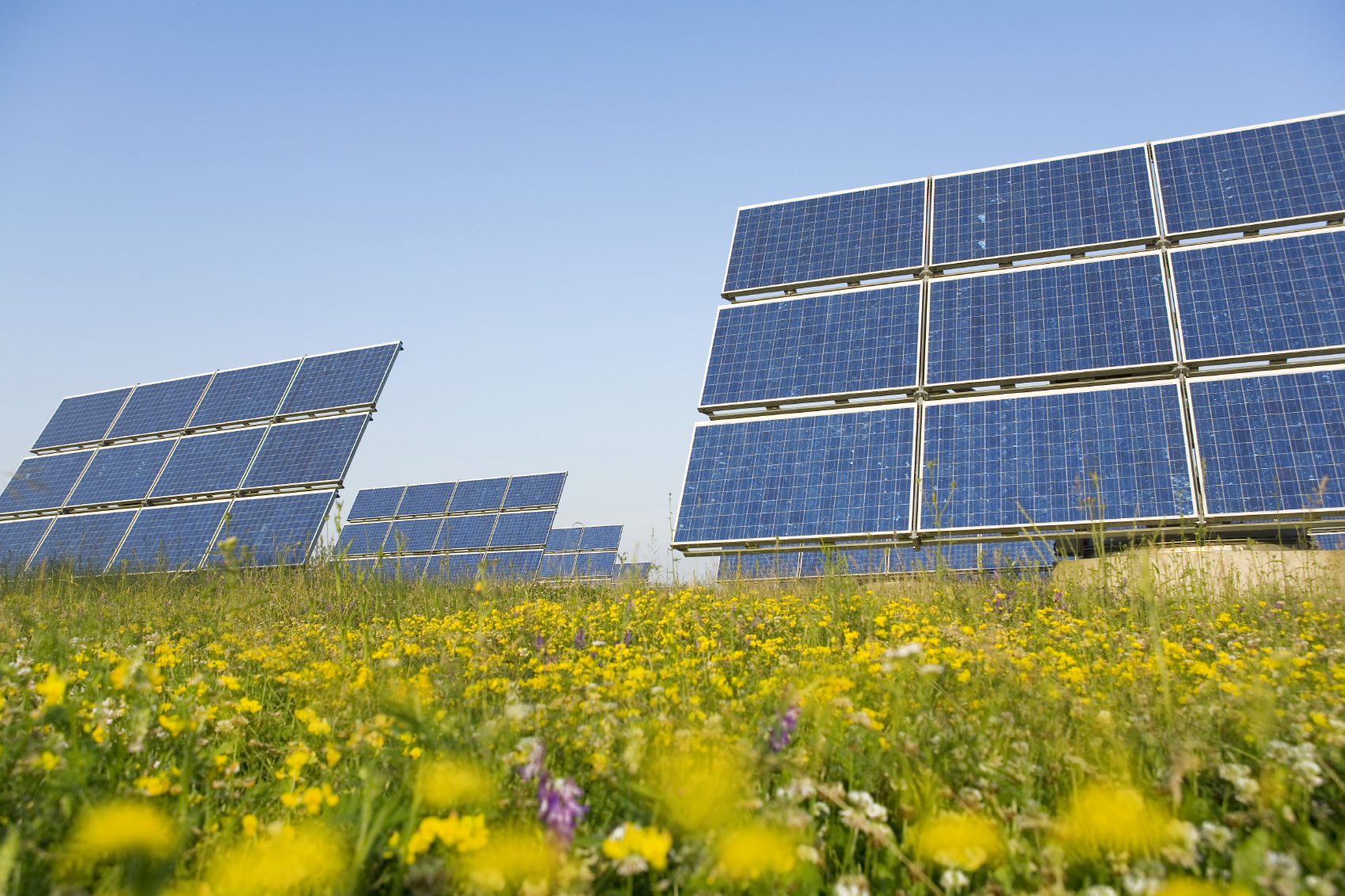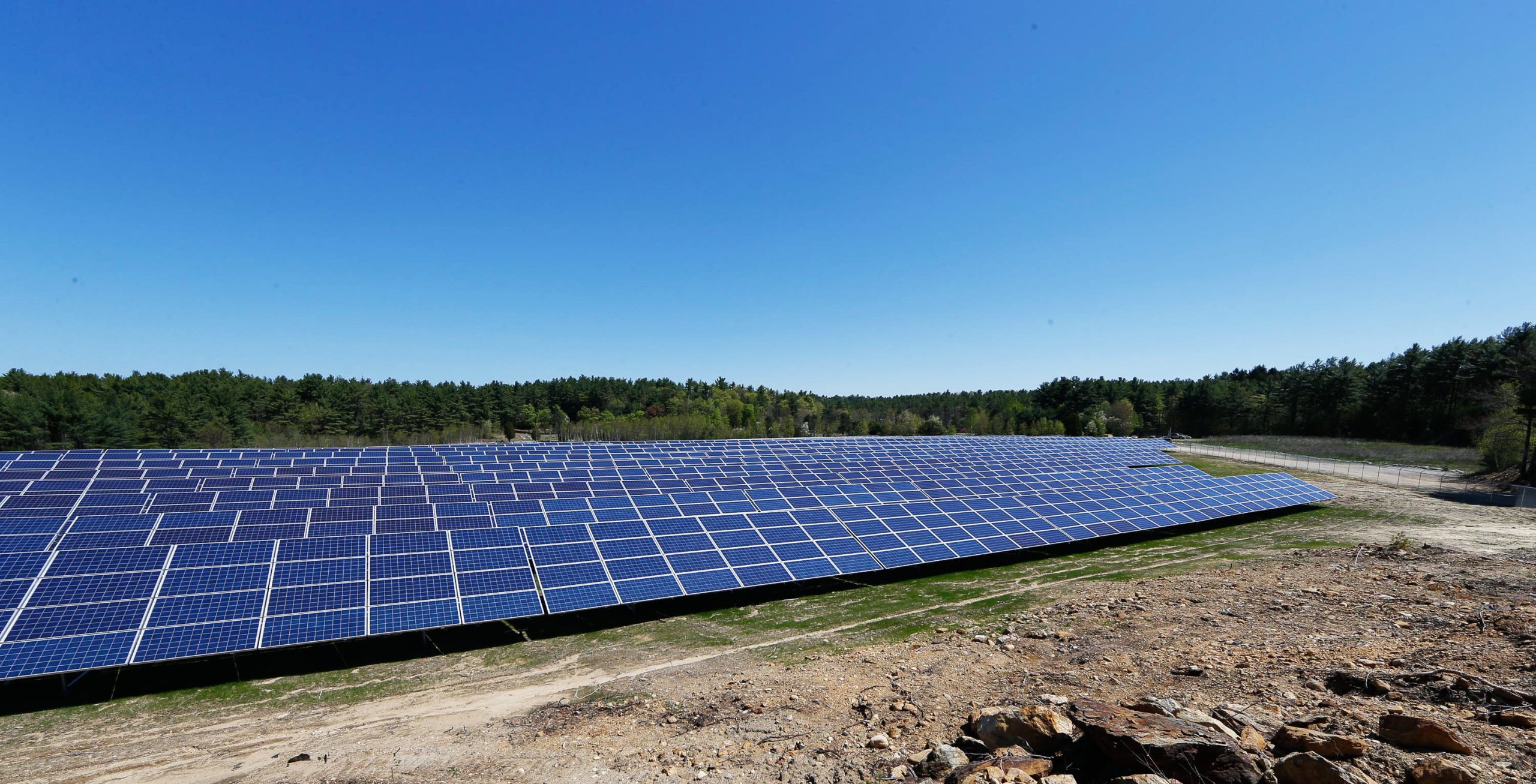INSIGHT: “What I learned from developing solar projects in Latin America” by Camilo Patrignani
Camilo Patrignani, CEO of Greenwood Energy, provides his thoughts on how to succeed in the budding Latin American solar market.

It’s very clear that Latin America has one of the world’s brightest solar power market outlooks. High power prices and volatile fuel supplies have made solar cheaper than fossil fuels in many countries, driving new investment and capacity additions.
In fact, Chile, Uruguay and Costa Rica were three of the seven countries worldwide to increase renewable energy financing in 2013, according to Bloomberg New Energy Finance.
But the unique market dynamics making solar cost-competitive with fossil fuels also pose challenges to building new projects in Latin America, a topic I discussed with other industry leaders at Greentech Media’s Solar Summit in April.
Low transmission capacity, interconnection issues, supply constraints and the need for local business connections were several of the hurdles our panel identified for foreign solar developers. Fortunately, the rapid pace of new project development also means companies are quickly learning lessons about what works and what doesn’t.
I’ve spent considerable time in the region for Greenwood Energy, building local partnerships and a pipeline of over 2 gigawatts of new solar photovoltaic projects to be built between 2014 and 2017, and I’ve learned several lessons to pass along for developers eyeing the region.
Developers need to be nimble
GTM Research projects the Latin American solar market will add 700 megawatts of new capacity in 2014, representing 2 percent of global solar market demand through 2018. This pace requires developers to move nimbly when entering new countries.
That means local partners are a key component of success. Local firms have often been developing projects for years, and they have a significant pipeline of new projects that are either shovel-ready or in development, but lack requisite access to capital or supply chains. Partnering with a larger developer then becomes a win for both sides.
Local developers also typically have the government or business connections necessary to secure land, environmental permits and power-purchase agreements, as well as an understanding of large power customers in the area that an outsider could take years to develop. Just by knowing these local markets, developers can access customers and get a deal done.
Once local partnerships get developers into place, reliable and solvent suppliers become just as important, especially those with manufacturing capabilities in Latin America. With a market traveling at light speed, a supplier who needs three months to satisfy an order just won’t cut it, especially when your construction contract requires projects to be completed in four months.
Greenwood Energy experienced a similar difficulty on our most recent project, a 40-megawatt solar farm in Chile under a very tight timeline in order to secure the interconnection slot. Our existing supplier had our racking designs and favorable costs, but needed at least a couple of months more to meet our order than we had specified in our construction contract. In this case, we wound up working with another supplier who had the manufacturing capacity but not the solvency, requiring us to support them financially and substantially increasing the cash equity needs of the project over the course of construction.
Developers should also consider financing in local currencies to match capital, or hedging the equity portion of the project. Either way, firms should pool balance sheets between 10 percent and 20 percent for a long-term currency hedge and ensure they are paid for the additional cost and risk of being paid through local PPAs within an underdeveloped banking sector.
Watch out for typical developing-market hurdles
Any new market still in its formative phase will present hard lessons for developers. But three hurdles stand out in Latin America: interconnection access, obtaining PPAs and securing financing.
Some of the hottest solar markets, like Brazil and Panama, are also those with the most significant interconnection issues. Many nodes in these countries will need to double their interconnection capacity in order to accommodate anticipated solar additions, but developers are still working on projects assuming interconnection access will be in place when they’re ready to flip the switch. That creates business risks, which only become larger as more projects try to connect to the grid.
In other countries such as Chile and Mexico, the biggest hurdle is pairing technical requirements with PPAs. For instance, a developer may have secured land control and interconnection access, but doesn’t have a PPA in place. Other developers may have PPAs in place but no technical requirements. Either way, this disconnect means a deal could fall apart at the last moment.
Finally, securing financing remains a major concern. The lending sector has focused on understanding solar technology to assess investment risks and rewards, but this has been a slow process. Fortunately, multilateral lenders like IFC and OPIC have stepped into the breach and are helping bend the learning curve for other lenders.
Focus on the highest-potential markets
With so much potential across the Latin American region, developers should consider the mix of risk and reward with their business model to identify the best potential markets. For Greenwood Energy, that means a focus on Chile, Mexico, and Panama. We will also soon be in Brazil.
Chile
Chile may be the region’s best long-term market play. It boasts some of the world’s highest direct normal irradiance, high energy demand from remote mining operations, and a potential national carbon tax.
Investment there surged to $1.6 billion in 2013 according to Bloomberg New Energy Finance, pushing the country to second overall in Latin America, and filling a pipeline of 11 gigawatts of new potential projects. Half of that portfolio has received environmental approval, and if even a fraction of those projects are built in the near term, we’re talking about a major solar success story.
Mexico
Mexico also presents a compelling long-term solar growth opportunity. The country has set a target for 35 percent renewable energy by 2024 and is also considering a carbon tax. Mexico is in the midst of reforming its energy sector, which will boost solar substantially. We’ll get a better sense of where the market is when the nation’s first “solar census” is released this year, but I think it’s another up-and-coming success story.
Panama
Panama stands out as a growth market for an interesting reason. The country is a dollarized economy with good interconnection access, intermodal transportation options via the Panama Canal, and favorable power prices that typically fluctuate between 20 cents and 40 cents per kilowatt-hour. Greenwood Energy recently completed Panama’s first utility-scale solar system and is now about to start construction on a 44-megawatt project with a PPA at the University of Panama.
Brazil
Brazil is already Latin America’s largest renewable energy market in both installed capacity and investment, but it may also represent the region’s best short-term solar opportunity. Legislation in 2012 established favorable net metering terms, the country’s first national solar-specific capacity auction should occur later this year, and retail rates for solar are roughly around 15 cents per kilowatt-hour. A punishing drought is also threatening generation from Brazil’s traditional renewable energy leader, hydropower, which makes expanding solar capacity even more of an imperative.
Latin American solar power: A win-win situation
Every new solar array that goes on-line in Latin America boosts the region’s energy security, allays concerns about the fluctuating costs of imported fuel, and improves environmental quality by cutting emissions and slowing climate change.
By the same token, every new solar array represents an opportunity for developers to expand the clean energy economy and turn a profit while decarbonizing our energy supply and providing energy security to a country.
Experience matters in this expanding market. By combining the need for clean electricity with the ability to navigate tricky local market nuances, developers can deliver sustainable projects on time and on budget, which is truly a win-win for everyone involved.
Camilo Patrignani is the CEO of Greenwood Energy

 Greenwood Energy And ILIOSS Partner With Schneider Electric To Provide 250MW Distributed Solar Power To Mexican Businesses
Greenwood Energy And ILIOSS Partner With Schneider Electric To Provide 250MW Distributed Solar Power To Mexican Businesses  Greenwood Energy opens additional offices in Connecticut, Panama and Chile
Greenwood Energy opens additional offices in Connecticut, Panama and Chile